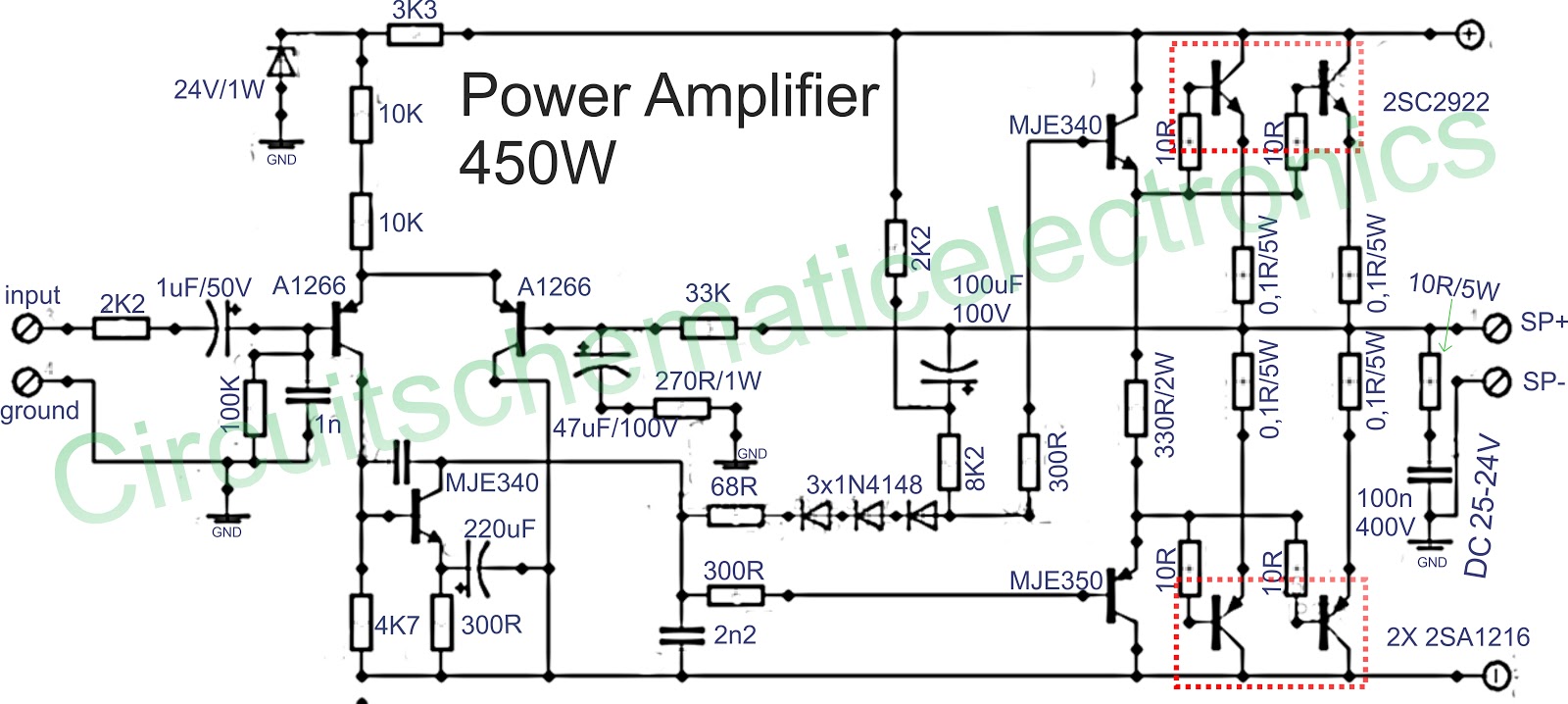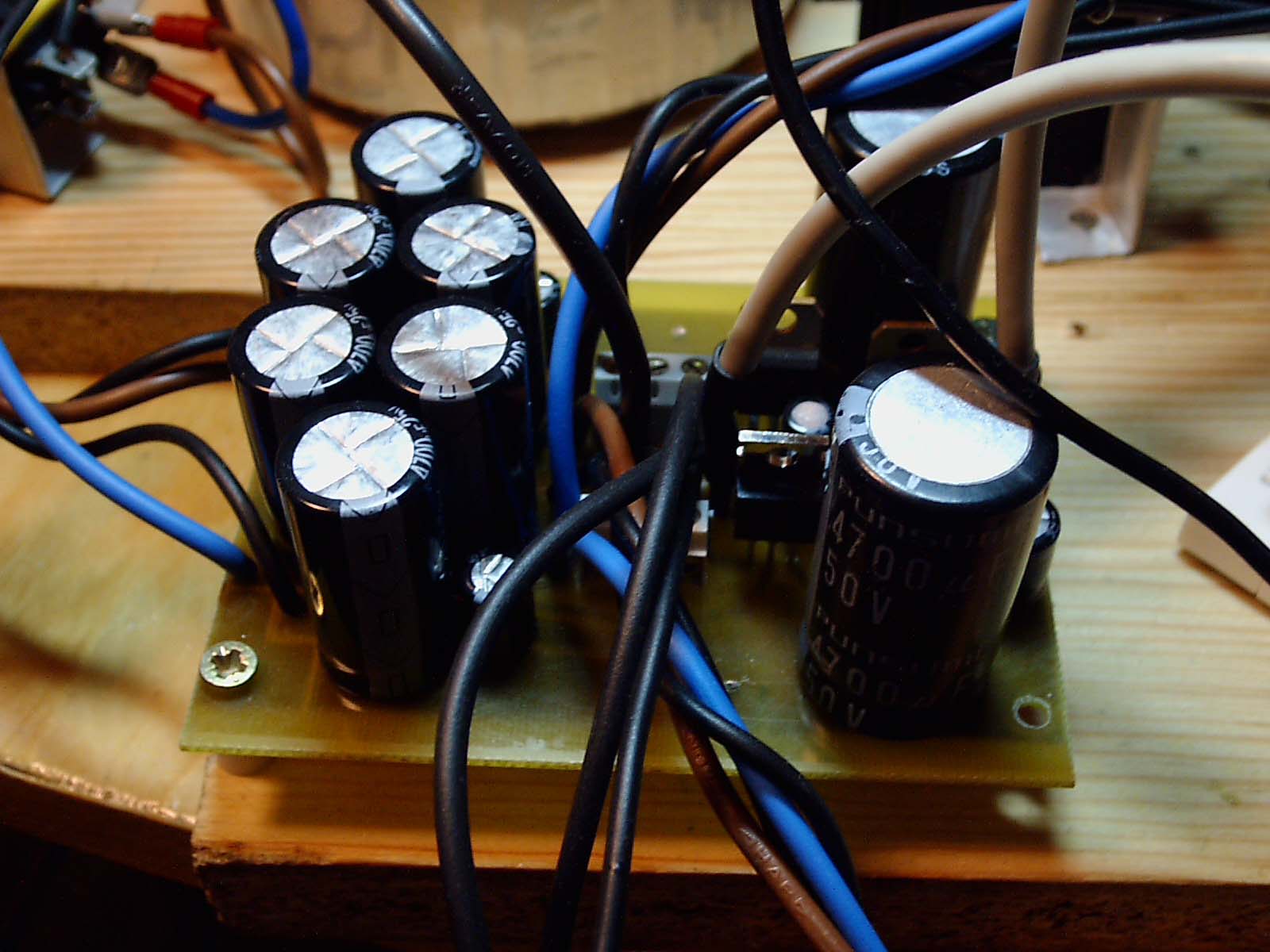

Don’t stress, you don’t need to go back to school: we’ve got you covered. So what happens when an appliance tells you how many watts it uses, but you need to know how many volts it uses? Or it tells you how many amps it uses, but you need to know how many watts it uses? A small inverter would likely be depleted in this process. This appliance needs to produce a large amount of heat, which requires a large input of energy. For example, if you opt for a tiny inverter, it won’t be able to handle something like a hairdryer being plugged into it. To avoid this, we need to know what we can plug into it, and how long we can run it for. This means that every time you deplete your inverter, you’re taking it a little closer to its deathbed. It contains a battery to store power, and batteries degrade each time you deplete them. If you’re on the lookout for a decent setup, take a look at these small solar power system options. If you’ve got a solar power system set up, one of the most important things to remember is that you should never deplete your inverter completely. Now that you know what each of these values really mean, you’re probably wondering how you should be using them. The best way forward is to assess the voltage your main appliances require, and choose your inverter in line with those values. When you purchase your inverter, you’ll see that there are a few options available to you. The voltage your inverter delivers is up to you. In a solar setting, your inverter delivers this electricity in place of the plugs in your home. They measure the “pressure” at which electricity is able to flow through an electrical system.Įlectricity is typically delivered to buildings at two “pressures”: 12 V and 240 V.


Volts are a measure of electrical potential energy. It’s useful to know the capacity of your inverter in relation to how much power your appliances require. In a solar setting, the ampere value will be provided by your inverter. This avoids overheating the wiring which can cause the appliances to deteriorate faster than they should. These circuits don’t provide any more current than they’re meant to. Larger appliances like washing machines and refrigerators are generally connected to circuits providing 30 amps. In terms of usage for your home or RV, smaller appliances need to be connected to circuits using a lower amperage, such as 15 or 20 amps. Specifically, it measures the rate at which the current flows through a given electric circuit. This is the unit used to measure electric current. This refers to the power it takes to do something.įor example, you might require 500 watts of power to run your vacuum cleaner for 15 minutes. Watts are the most widely used unit of electricity. Question: 600W are being sent at 120V.Amps, Watts, & Volts Explained What Are Watts? Let's go through some examples to help nail the conversion process. Advertisements Watts to amps conversion examples Power supplied to homes and businesses uses AC supply. In Europe, the UK, East Japan and most of Australia, South America, Africa andĪsia, the current changes direction 50 times per second, which is 50Hz. In Northern America and Western Japan, this usually happens 60 times per second, or 60Hz / hertz. A flashlight with a battery uses a direct current.ĪC stands for alternating current, when the current periodically changes direction. North American homes typically use 120V for their electrical supply, whilst 230V is common acrossĭC stands for direct current, when the current flows in one single direction. In the hose analogy, the volts would be the water pressure. They measure the force required to make the electrical current (amps) flow. It uses increased water volume and higher water pressure the same applies to the wattage if amps and volts are increased. A water wheel would turn faster and longer, generating more energy if

Multiplying amps (water volume) by volts (water pressure) gives you the wattage (the resulting power or energy). Watts represent the amount of energy produced by the amps and volts working together. In this analogy, the quantity (volume) of water would be the amps. It can be helpful to imagine electrical current as water in a hose. What are amps?Īmps are amperes, a unit which measures electrical current. To help understand the conversion of watts to amps, let's go through what each of these units represent. Advertisement Understanding watts, amps and volts


 0 kommentar(er)
0 kommentar(er)
